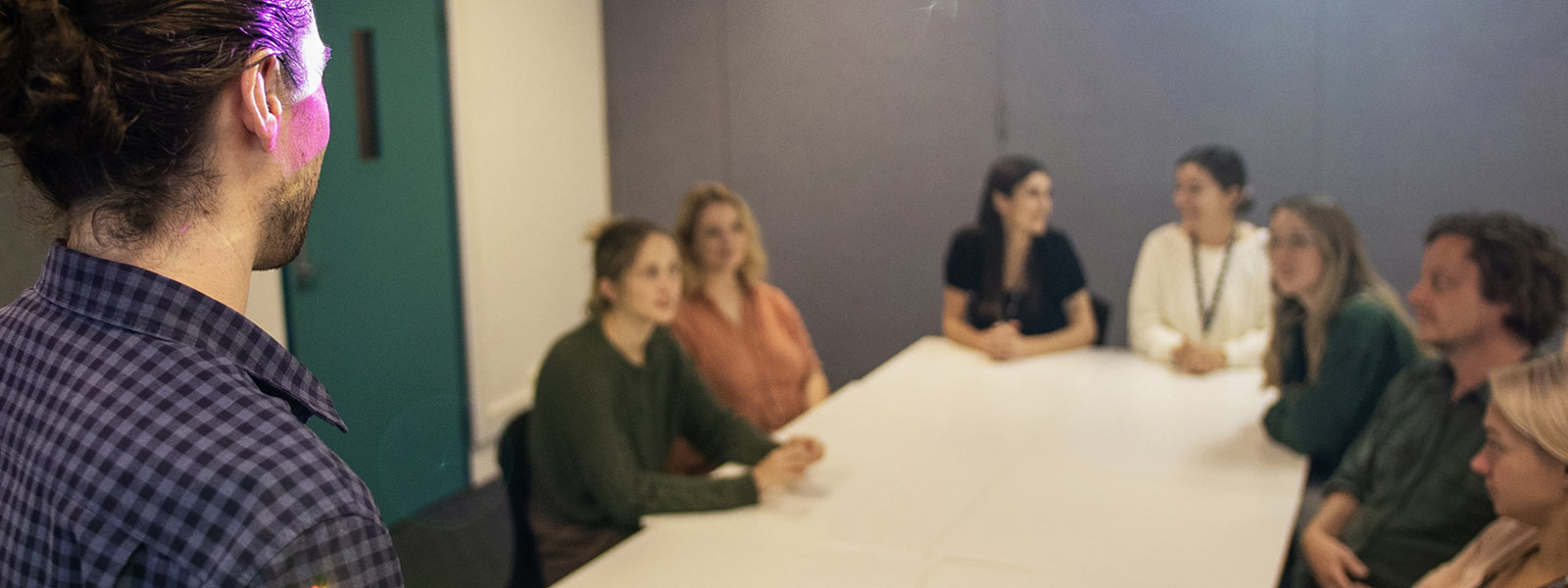
Learning Design and Teaching Innovation
What is it?
An engaging lecturing method that uses a live polling tool to involve students in solving complex problems, usually in, but not exclusive to STEM subjects where there is a single correct answer for the problem given. This method checks their understanding before moving on to more complex material. It is also useful for promoting discussion among students around questions with no single or clear-cut answer.
Why use it?
- Checks understanding in situ, catching stragglers before a major assessment task
- Assists in cross contextual knowledge retention, using authentic cases
- Enhances lecture engagement
- Encourages collaborative problem solving
- Exercises student communication and interpersonal skills
Materials
- A polling tool like Slido, Mentimeter, Socrative or PollEverywhere. This could also be conducted informally by a show of hands in the classroom.
Activity
Preparation
Prior to commencing the activity, ensure students have read, watched or engaged with the lecture material.
Steps for the Instructor
- Provide students with a short summary of the topic/problem.
- Using a multiple-choice question, ask the students a question that focuses on a single aspect of the problem.
- Give the students time to reflect on the question and respond.
- Ask the students how confident they feel in their response e.g. (“Certain”, “Very Sure”, “Quite sure” etc.) No equations or written problem solving are provided in this step.
- If 33% or less are correct repeat steps 2-4. You may need to provide a different example or further explanation of the topic/problem.
- If 33% to 70% are correct assign students to pairs or groups and ask them to explain their reasoning to their peers. The instructor may circulate between groups, facilitating discussion and guiding student thinking.
- Repeat step 2 with each group answering the question, rather than as individuals.
- Results greater than 70% indicate the instructor can move on to the next topic.
Further Resources
- Eric Mazur – Video (2014) – Peer Instruction for Active Learning (14 mins)
- Mazur and Watkins – Article (nd.) – Just in time teaching and peer instruction

The University of Newcastle acknowledges the traditional custodians of the lands within our footprint areas: Awabakal, Darkinjung, Biripai, Worimi, Wonnarua, and Eora Nations. We also pay respect to the wisdom of our Elders past and present.
